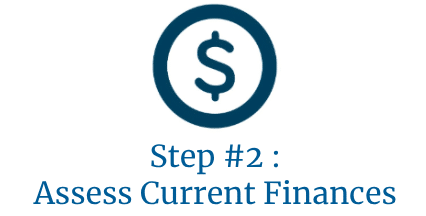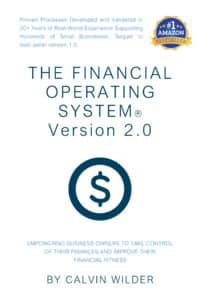Step #2 of The Financial Operating System: Assess Current Finances

Before you can move forward with meaningful financial improvements, it’s essential to first assess current finances. This second step in the Financial Operating System gives agency owners the foundation they need to understand their current financial condition. It starts with reviewing three critical documents: the balance sheet, income statement, and cash flow statement.
Each of these financial statements plays a unique role. The balance sheet shows your assets, liabilities, and equity at a specific point in time. It’s your financial snapshot. The income statement reveals your revenues and expenses over a period, telling you if your business is making a profit. Meanwhile, the cash flow statement tracks how money moves in and out of your business, giving insight into liquidity.
Together, these three reports help you assess current finances with clarity. You may need to revisit some basic accounting terminology, but don’t worry—this process doesn’t require an accounting degree. Once you understand what these numbers are telling you, it becomes easier to spot gaps between where your business stands and where you want it to be.
For example, your income statement might show healthy profits, but your cash flow statement could reveal a timing issue that creates shortfalls during critical periods. These are the kinds of details that often go unnoticed but can significantly impact growth.
After completing this financial checkup, you can move on to setting more accurate goals in Step 3. To get hands-on help, download an excerpt of the Financial Operating System. This guide walks you through each step of the assessment and helps you apply it to your agency’s unique needs.
Click Here to Download Step #2
